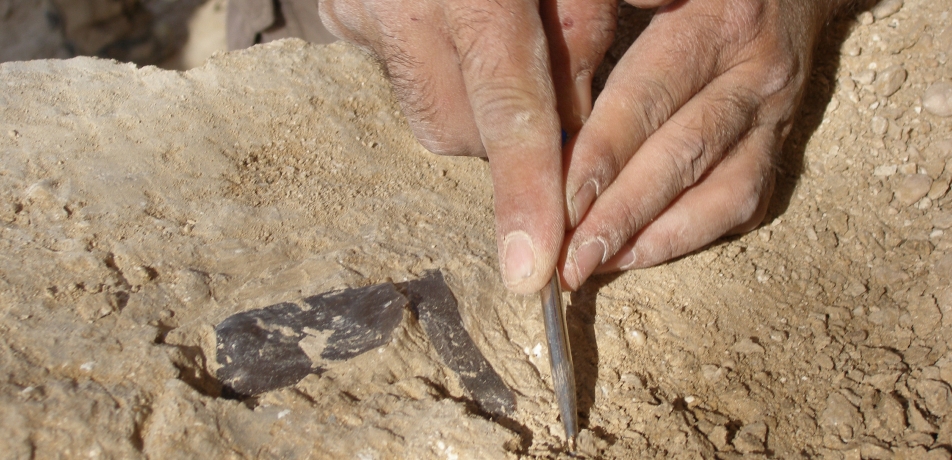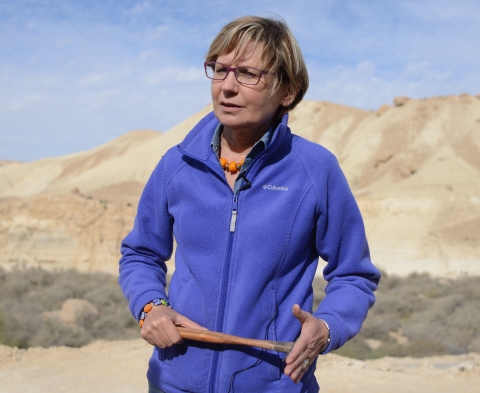European artists’ Middle Eastern roots
Briefs

The prehistoric culture that left us spectacular cave paintings, exquisite statuettes and expertly-crafted bone tools across western Europe seems to have sprung from an earlier, similar human culture of the Middle East. What’s more, according to researchers at the DANGOOR Research Accelerator Mass Spectrometry (D-REAMS) Laboratory at the Weizmann Institute of Science, once the population that produced these early artists arrived in Europe, some individuals executed a U-turn, and high-tailed it back to the Near Eastern corridor.
Studying northern Israel’s Manot cave, which was occupied for tens of thousands of years, D-REAMS Director Prof. Elisabetta Boaretto and her colleagues discovered evidence of two different populations of early humans—the Ahmarians, who crafted their tools from stone only, and the Aurignacians, who also made tools from bone. Archaeological evidence from progressively younger sites indicates that the Ahmarians moved out of the Middle East, and slowly evolved into art-making Aurignacians as they made their way to Europe. What, then, is the source of the bone-based Aurignacian tools found in the Israeli cave?
Radiocarbon dating provides evidence that while expanding through Europe, some Aurignacians returned to the Middle East and that, in some cases, they reoccupied the same caves their ancestors had used thousands of years before. The layered findings—including stone and bone tools, as well as charcoal remains from the ancient fireplace—confirm that the Middle Eastern Ahmarians indeed pre-dated the artistically inclined European Aurignacians. But they also provide evidence for a back-migration from Europe, suggesting that, even in the ancient world, adventurers who embark on an artistic path sometimes have second thoughts, give up, and go home.
Prof. Elisabetta Boaretto is supported by The Helen and Martin Kimmel Center for Archaeological Science, which she heads, and the Dangoor Accelerator Mass Spectrometer Laboratory.

Prof. Elisabetta Boaretto








